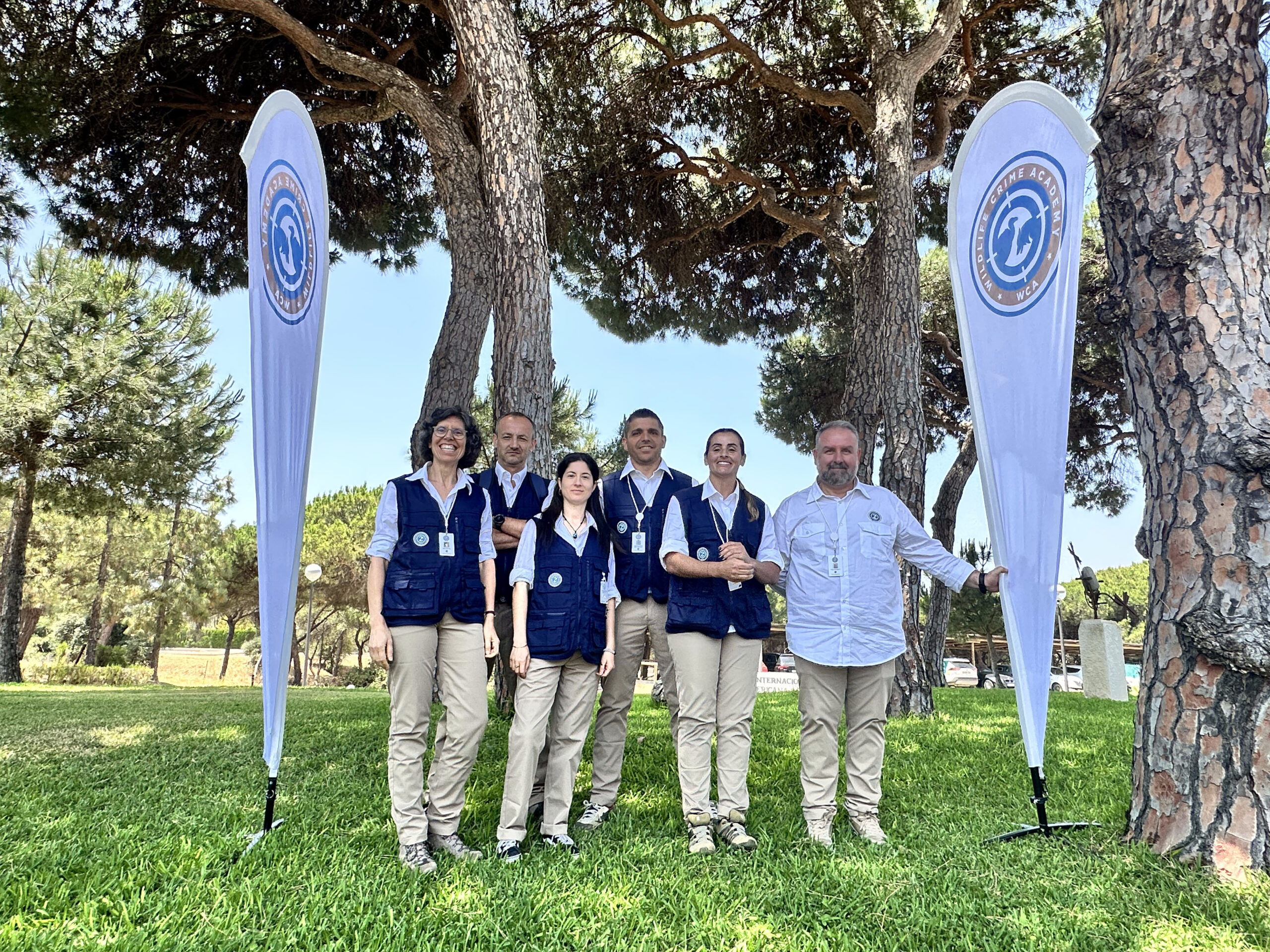
Who knew vultures could be artists? Meet Raia, a young Cinereous Vulture who’s turning the skies into her personal canvas. As part of the LIFE Aegypius Return project, Raia was equipped with a GPS transmitter to track her movements and ensure her well-being. But to the delight of conservationists, her flight paths didn’t just offer valuable data—they also created fun shapes like a heart, bow and even a treble clef!




Meet the Cinereous Vulture artist
When Raia was tagged, conservationists expected to study her movements, but she added a bit of flair to their research. Using her GPS, she traced unique patterns that have a creative edge!

Raia is a female vulture that hatched last year at Herdade da Contenda in Portugal and was tagged with the colour ring 2J. Although she generally stayed close to her colony, she was quite active within the region as it can be seen on the map below, showing her movements over the past three months.

Importance of monitoring with GPS transmitters
GPS tracking plays a critical role in vulture conservation. By following the movements of these birds, researchers can gain insights into their behaviours, migration patterns, and foraging ranges. This helps them identify potential threats to survival. The data enables conservationists to take targeted actions to mitigate risks, safeguard flight paths, and aid the recovery of vulnerable vulture populations. Moreover, tracking individual birds’ health allows for swift intervention when necessary. Ultimately, GPS tags are an invaluable tool for the effective management and protection of these magnificent creatures.
Monitoring vultures with LIFE Aegypius Return
The LIFE Aegypius Return project plans to equip 60 Cinereous Vultures with GPS transmitters that include rehabilitated and released birds, as well as nestlings. The satellite data will be combined with field observations to better understand the population’s behaviour, habitat use, mortality causes, movements, and feeding patterns.
In a collaborative effort, the project will also share the GPS data of these birds with existing initiatives aimed at mitigating electrocution risk and mortality. This information will be used to identify dangerous electricity pylons and take relevant actions, such as installing bird markers and insulating pylons.
About the LIFE Aegypious Return project

The LIFE Aegypius Return project aims to consolidate the return of the Cinereous Vulture to Portugal and western Spain. It is co-funded by the European Union’s LIFE programme. Its success depends on the involvement of all the relevant stakeholders, and the collaboration of the partners, the Vulture Conservation Foundation (VCF), the coordinating beneficiary, and the local partners Palombar – Conservação da Natureza e do Património Rural, Herdade da Contenda, Sociedade Portuguesa para o Estudo das Aves, Liga para a Protecção da Natureza, Associação Transumância e Natureza, Fundación Naturaleza y Hombre, Guarda Nacional Republicana and Associação Nacional de Proprietários Rurais Gestão Cinegética e Biodiversidade.




